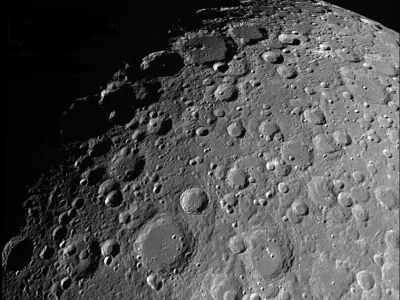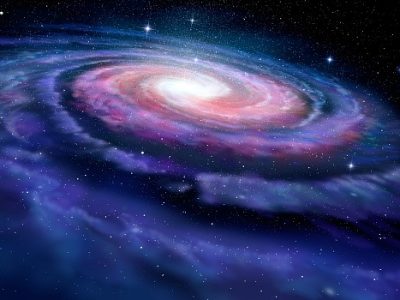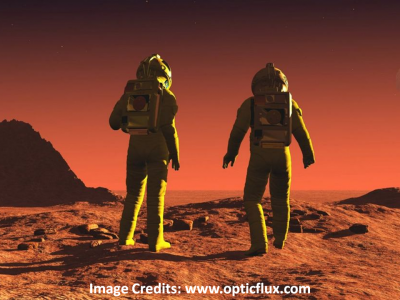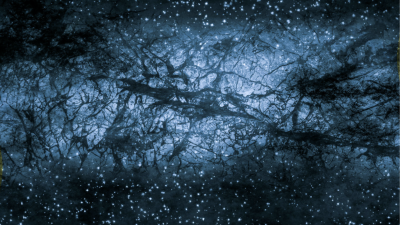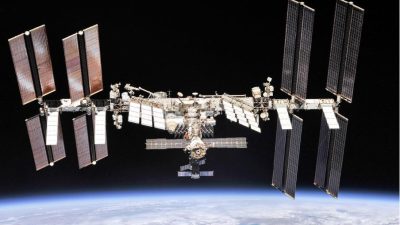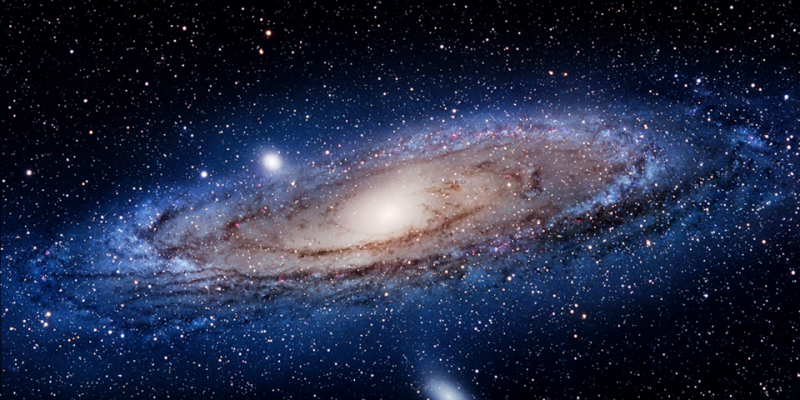
Researchers, using relatively new methods in astronomy, have been able to identify the most concise ages currently possible for a cluster of around a hundred red giant stars in the galaxy.

The Milky Way Galaxy (Image Credit: Tech Explorist)
With this and other information, the researchers were able to exhibit what was happening when the Milky Way galaxy combined with an orbiting satellite galaxy known as Gaia-Enceladus approximately 10 billion years ago. The results of the research were published in the journal Nature Astronomy on 17th May 2021.
Fiorenzo Vincenzo, co-author of the study and a fellow in The Ohio State University’s Center for Cosmology and Astroparticle Physics said, “Our evidence suggests that when the merger occurred, the Milky Way had already formed a large population of its own stars”.
The majority of these crude stars ended up in the thick disc in the middle of the galaxy, while most of the stars that were captured from the satellite galaxy, Gaia-Enceladus, are in the outer halo of the galaxy.
Josefina Montalban, with the School of Physics and Astronomy at the University of Birmingham, who led the project said, “The merging event with Gaia-Enceladus is thought to be one of the most important in the Milky Way’s history, shaping how we observe it today,”
By calculating the age of the stars, the researchers, for the first time, we’re able to find out that the stars captured from Gaia-Enceladus have similar or slightly younger stars when compared to the majority of stars home to the Milky way galaxy. A rampant merge between two galaxies can’t help but shake things up.
Results of the research showed that this event changed the orbital path of the stars already in the galaxy, thereby making them more eccentric. The stars from the former Gaia-Enceladus move differently than those initially home to the Milky Way galaxy. In addition to this, stars from Gaia-Enceladus have different chemical compositions from those born inside the Milky Way.
Several different approaches and data sources were used to conduct the study. According to the researchers, this study is just a first step. The researchers now intend to apply this approach to a larger sample of stars, which will ultimately provide a much sharper view of the Milky Way’s evolution and assembly history creating a timeline of how our galaxy was developed.
The researchers were able to get such precise ages of the stars with the help of asteroseismology, a relatively new field that investigates the internal structure of stars. The study also used a spectroscopic survey, called APOGEE, which provides the chemical composition of stars, another technique for determining the age of the stars.
Suggested Reading: Particles in space: The discovery of unidentified ones
Author


